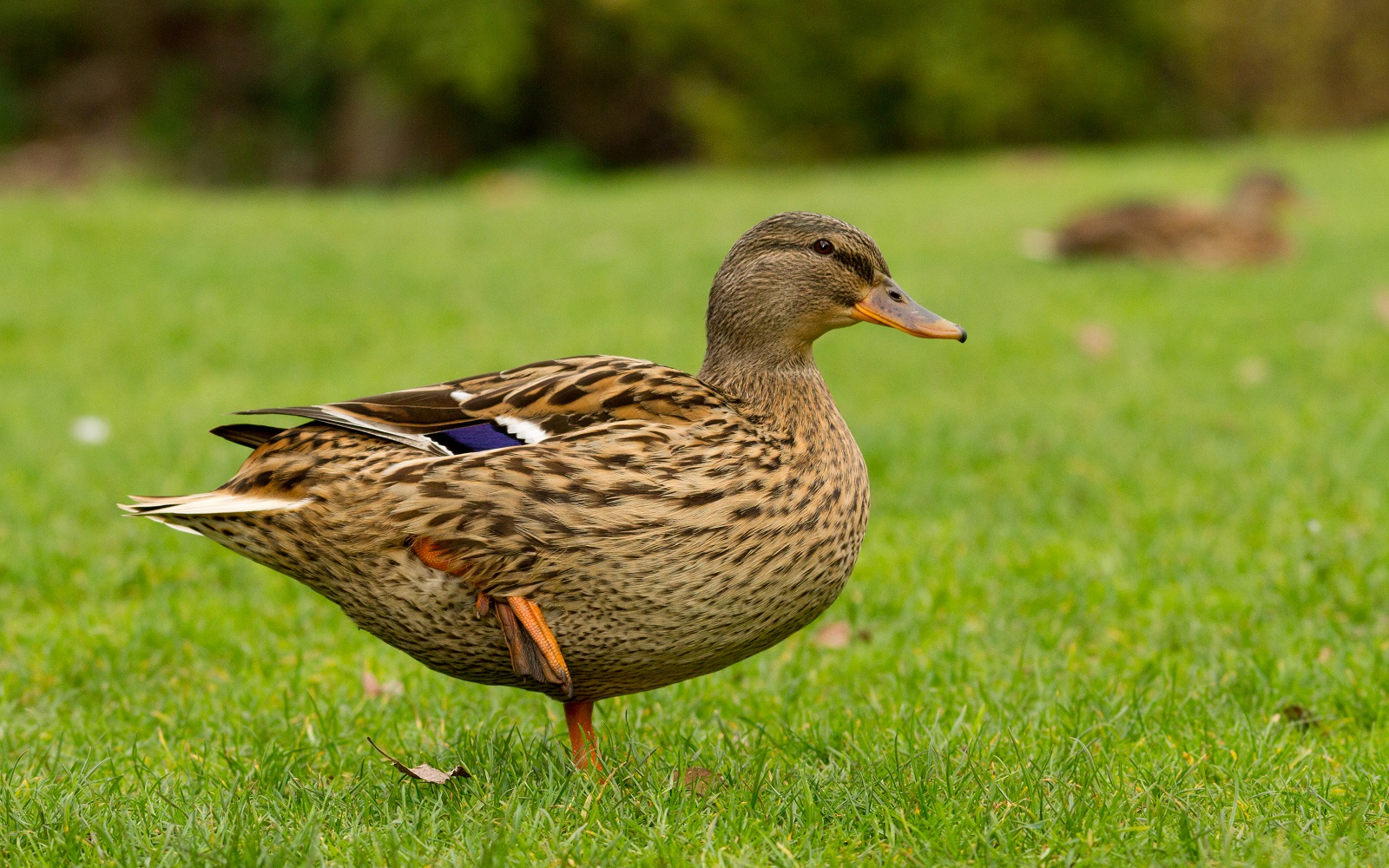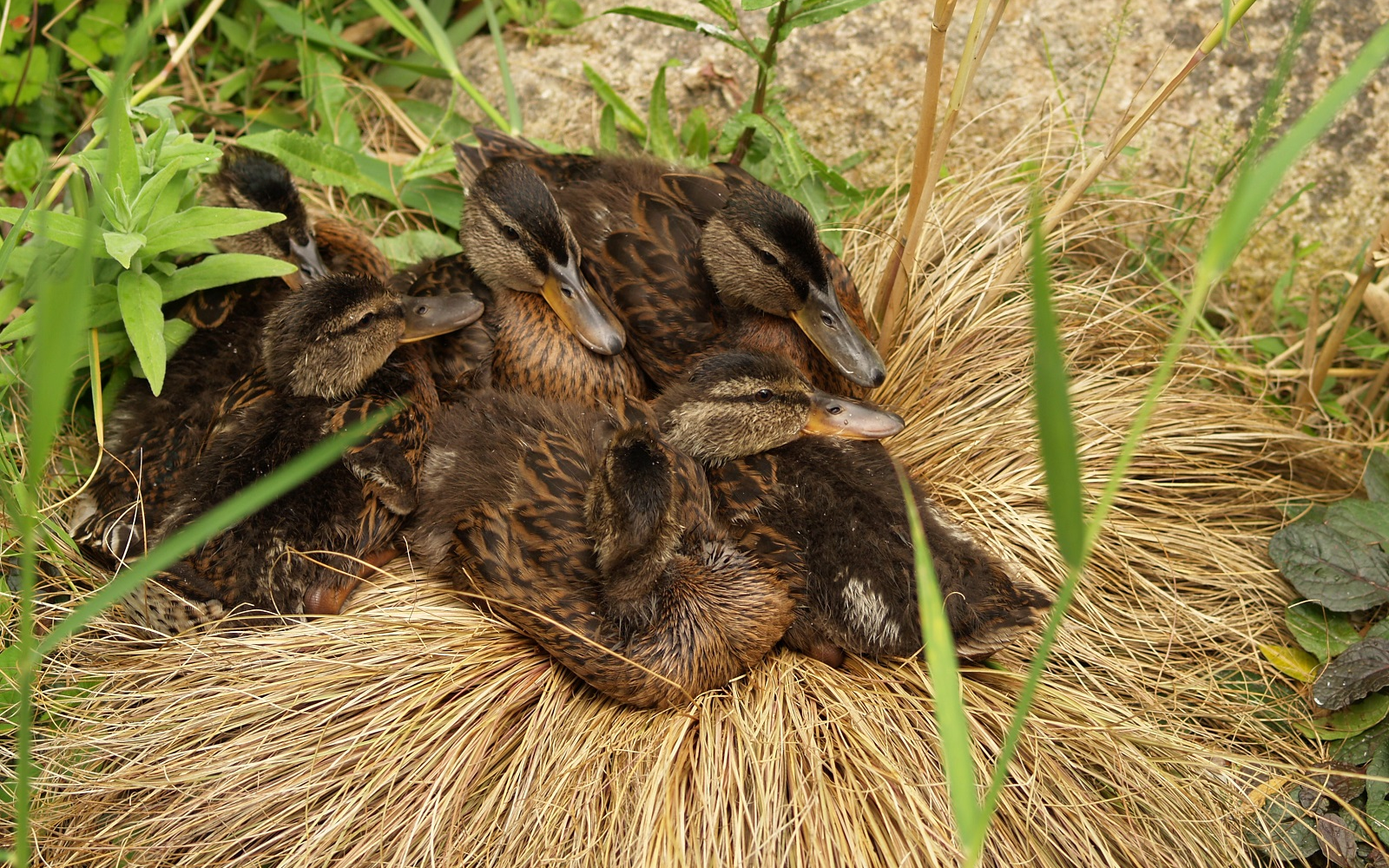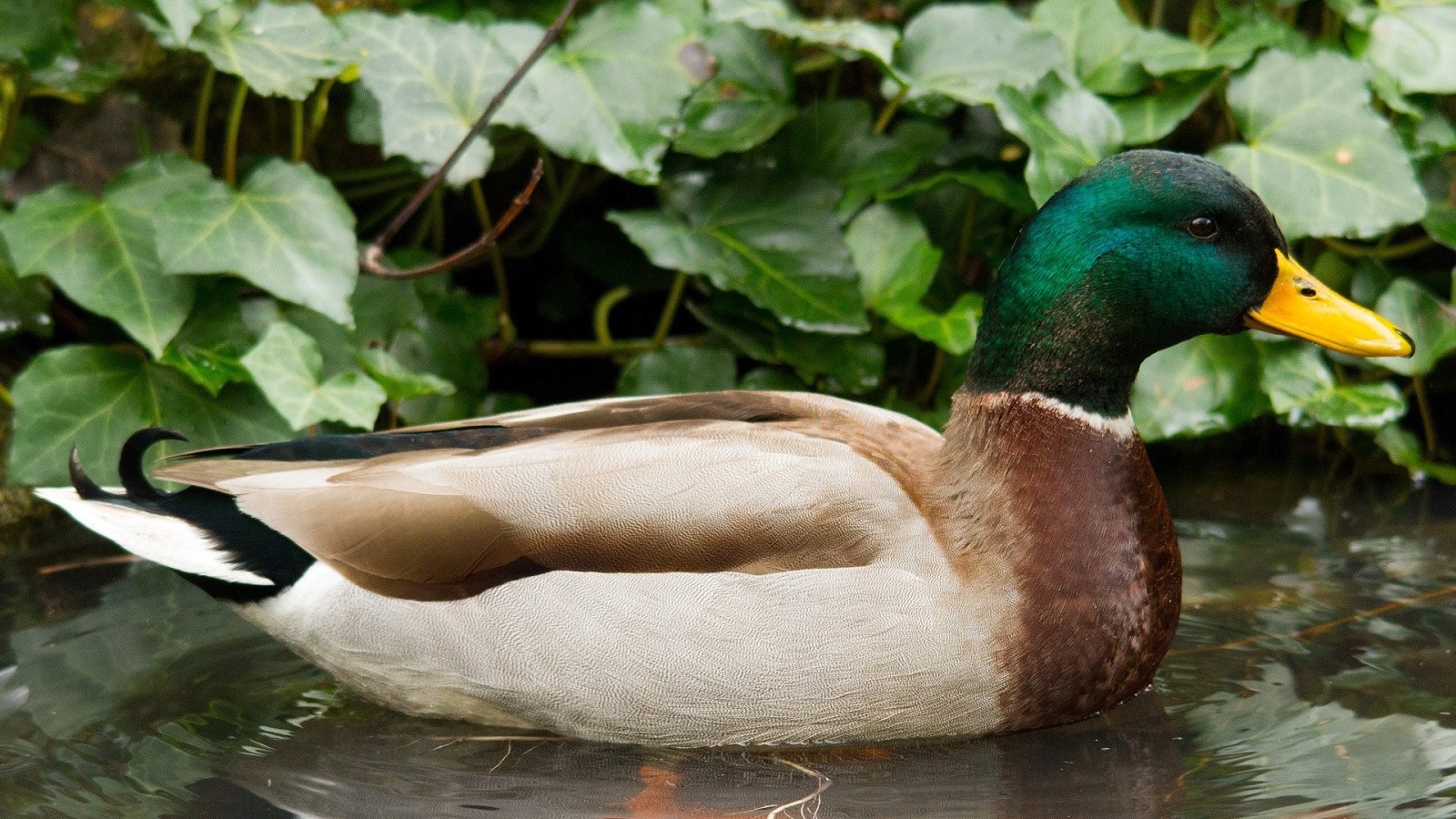Why are male mallards more colourful than the females?
A naturalist in the Gulbenkian Garden
The feathers on the head and breast of the mallard duck (Anas platyrhynchos), seem to change colour right in front of our very eyes, when we look at them from different angles, attracting the attention of visitors to the Gulbenkian and other gardens. So what is it that makes this plumage iridescent green ? In addition to pigments, “chemical substances that we can find in animals and plants”, this is a structural colour resulting from the refraction of incident light caused by the feather’s microstructure”, notes João Eduardo Rabaça, Biology Professor at the University of Évora and coordinator of LabOr – Laboratory of Ornithology and author of the “As Aves do Jardim Gulbenkian” book.
“In practice, refraction works like a prism, splitting light into different colours: as the angle of view changes, the refracted light creates an iridescent effect.”
In fact, the difference between the males and the, much less colourful females, is precisely due to the latter. It is believed that the reason for this is to attract attention, as it is the females who choose their partner. Scientists have dubbed this process “sexual selection”: “From the point of view of the female, a showier male may suggest better quality genes and, as such, there will be a reproductive advantage in the selection”, he indicates.

This contrast between males and females is called sexual dimorphism. It is common among many other species of birds – especially those “when mating takes place during every breeding season”, says the researcher, who describes the peacocks’ tail as “a particularly expressive example”.
On the other hand, in geese and swans, which like mallards and other ducks, belong to the order of Anseriformes, males are similar to females. In these species, “mating is for life” and therefore “the selective pressure for sexual selection is much less strong”.
With mallard ducks, however, the connection between the couple is short-lived, as it “ends when the female starts incubating her eggs” which in Portugal takes place between the end of February and the end of March, after building the nest and laying the eggs. Males do not take care of the eggs nor, later on, the ducklings. Nevertheless, they play an important role during this phase, at least until the end of incubation: “They accompany and guard the females, allowing them to spend more time feeding.”
So why do the females of this species, as in many other anatids, have a more discreet plumage? As they incubate the eggs and take on the responsibility of parental dependency, plumage that blends in with the surroundings will protect them and their small ducklings against predators. “In simple terms, there are advantages in not being “eye-catching”, summarizes João Eduardo Rabaça.


